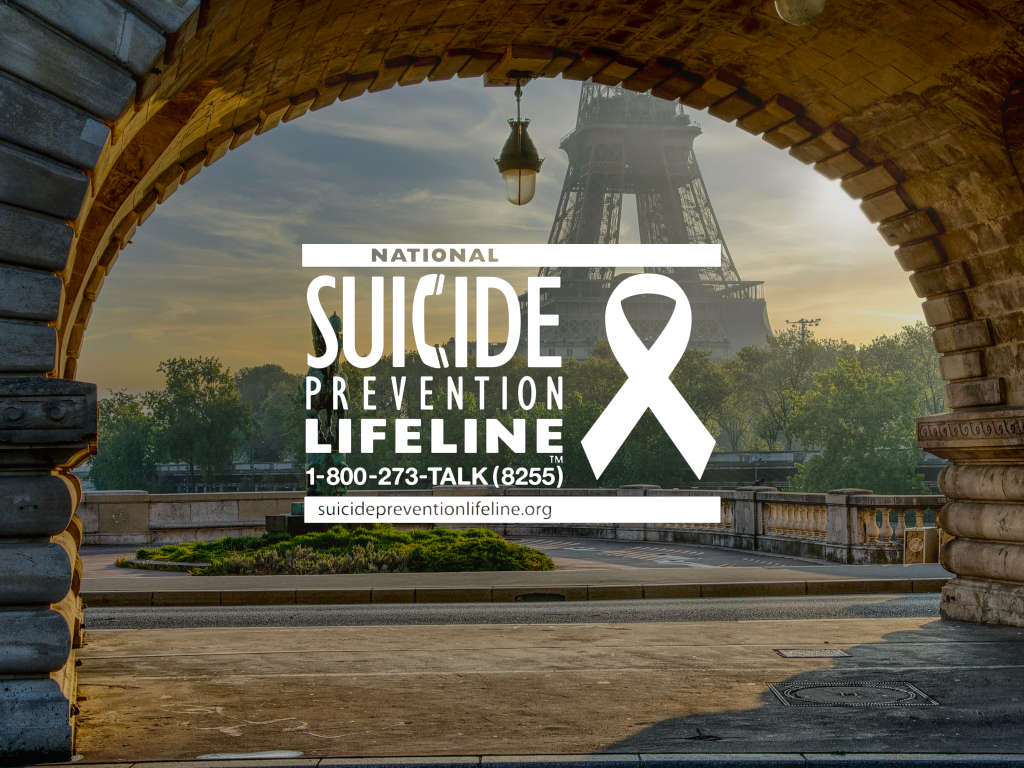An Important Observance: September marks the observance of National Suicide Prevention Month. This observance is held to emphasize the importance of efforts to reduce the rate of deaths by suicide. Suicide is the 10th leading cause of death in the United States for people of all ages, but some groups have an even higher risk, including the elderly and young people. Sadly, many of these deaths could have been avoided if the person had been connected with the proper resources for coping with their distress. While mental health professionals and doctors play an important role in preventing suicides, it is an issue that touches everyone. Even people who aren’t in these fields can intervene in ways that can save lives. One of the biggest factors in the suicide rate is the lack of awareness and understanding around the issue. In recognition of this important observance, let’s look at some important facts about this tragic phenomenon.
More Common Than You May Think: One common misconception is that suicide and suicide attempts are rare occurrences that only affect people with severe (and visible) mental illness. However, that is not the case, particularly in the United States. The US has the highest suicide rate of any wealthy nation, with suicide accounting for 14 out of every 100,000 deaths, double the rate of the United Kingdom. This is a major factor in the relatively short life expectancy of Americans, who live two years shorter than residents of other wealthy countries, despite spending more per capita on health care than any other country in the world. One study found that in comparison to 23 of the highest-income countries, the United States has 8 times the rate of firearm-related suicides. And suicide is not limited to those with diagnosed mental illness: 54% of people who died by suicide had no known mental health condition.
A Troubling Trend: The already-high suicide rate in the United States is growing significantly. In more than half of the states in the nation, suicide rates rose by 30% between 1999 and 2017. While men are still more likely to die by suicide, women are more likely to make an attempt. And the suicide rate has risen disproportionately among women, increasing by 53% while suicide rates amongsy men rose at less than half that rate. While all racial groups saw a rise in rates of suicide between 1999 and 2017, the trend was particularly devastating for Native Americans and Alaskan Natives, who saw a 139% increase in female suicide deaths and a 71% increase in male suicide deaths. This demographic also suffers disproportionate rates of alcoholism and drug addiction, which are compounding risk factors for suicide.
What to Watch Out For: One of the best ways that you can prevent suicide is to look for warning signs in those around you. If someone is talking a lot about wanting to disappear or go away, or if they refer to themselves as a burden or an imposition on their loved ones, they may be contemplating suicide. The same is true if they express feeling deeply guilty or shameful about something that they have done, or something that has been done to them. Feelings of emptiness, hopelessness, sadness, anxiety or rage can all be indicators of suicidal ideation. Behaviors like researching suicide, giving away one’s possessions, or making unusually risky or impulsive decisions, are all things to be wary of as well. Ironically, a sudden improvement in mood can also be a bad sign. If a person has consistently displayed a depressive attitude, then suddenly appears cheerful and carefree, it could be a sign that they have formulated a plan to end their life.
Have Difficult Conversations: Some of these signs may be easy to recognize, like a friend disappearing from social gatherings or talking openly about wanting to die, but others may be more subtle. This is why it’s important to check on your friends and family members regularly, and to become comfortable talking about mental health. The stigma around suicide and mental illness is a major factor in its prevalence, as people are hesitant to come out and ask their loved ones if they are feeling suicidal. You can work your way up to it by saying something like, “You don’t seem like yourself lately.” Ask open-ended questions, and avoid trying to fix the person’s problem. What’s most important is letting them know that you are there to listen.
#BeThe1To: The theme of this years’ National Suicide Prevention month is #BeThe1To. This is an encouragement to all Americans to step up and act to prevent suicide. You can do this by:
- Using the warning signs above to recognize people who are at risk.
- Approaching them to talk with a supportive and non-judgmental attitude.
- Checking in regularly on the mental health of people close to you, even if they seem fine.
- Learning and sharing coping strategies that help people overcome suicidal feelings.
- Storing firearms and medications in safe and locked locations.
- Inviting co-workers and community members who seem isolated to social functions.
- Encouraging friends and family who struggle with stress to seek therapeutic help.
- Keeping people struggling with acute suicidal ideation away from dangerous or sharp objects, and connecting them with professional psychiatric care as soon as possible.
The heavy task of preventing suicide should not fall solely on medical and mental health professionals. It has to be a community effort, and it works best when all of us understand the prevalence of the problem, the gravity of the situation, and the importance of intervening to help.
Turning Point of Tampa’s goal is to always provide a safe environment and a solid foundation in 12-Step recovery, in tandem with quality individual therapy and groups. We have been offering Licensed Residential Treatment for Addiction, Eating Disorders and Dual Diagnosis in Tampa since 1987. If you need help or know someone who does, please contact our admissions department at 813-733-5931, 866-782-1417 or admissions@tpoftampa.com.



